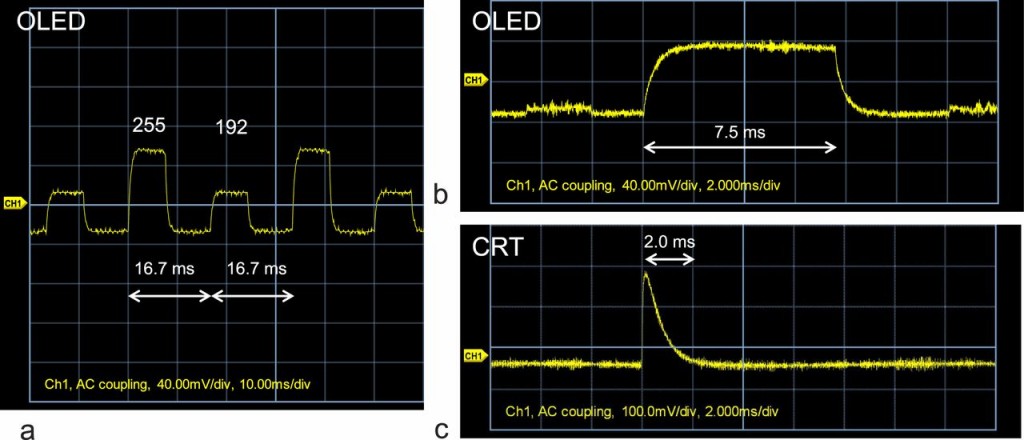http://www.displaymate.com/LG_OLED_TV_ShootOut_1.htm#Response_time
Anyone else read this? Insanely expensive, yes, but promising to see this getting manufactured. 120hz and zero motion blur make it look like the perfect gaming display.
Anyone else read this? Insanely expensive, yes, but promising to see this getting manufactured. 120hz and zero motion blur make it look like the perfect gaming display.
![[H]ard|Forum](/styles/hardforum/xenforo/logo_dark.png)
